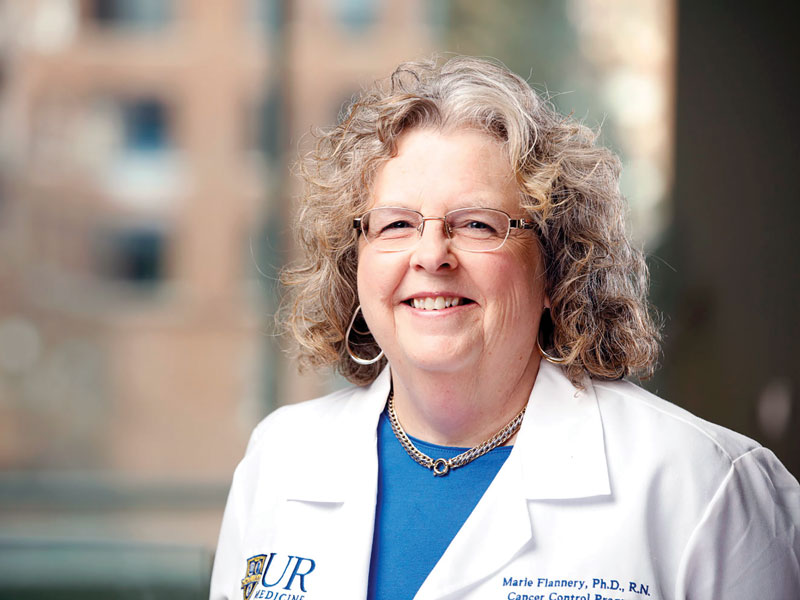Research Shows That Telephone Triage Is a Vital Part of Patient Experience
As reported to Chris Pirschel by Marie Flannery, PhD, RN, AOCN®

The field of telehealth encompasses many efforts in oncology practice and research. When focusing specifically on telephone triage, we examine patient-initiated requests, such as speaking directly with their nurses on the phone, reporting side effects, or seeking answers to questions about plan of care and treatment. This provides oncology nurses with an opportunity for assessment and intervention. Although many current research efforts focus on proactive phone calls nurses make to their patients, it is also important to understand the impact of incoming calls on patient care and workflow.
Incoming phone calls are a large part of oncology practice and are highly variable in both the scope of patient concerns and volume and distribution in practice. This can lead to a potential downstream effect on workflow and nursing responsibilities. Findings from our study made it apparent that telephone triage was a vital component of the patient experience. After measuring more than 5,200 incoming calls in both the medical oncology and hematology settings (https://doi.org/10.1200/JOP.0922002), we determined that patients were contacting their nurses for two main reasons: symptom management and to request test results.
Furthermore, we identified which symptoms were most commonly reported by telephone (https://doi.org/10.1188/13.ONF.464-471): pain being the most frequent. By understanding the data associated with commonly reported symptoms, oncology nurses can prioritize implementing resources such as the ONS Putting Evidence Into Practice resources and the Telephone Triage for Oncology Nurses manual.
In our 2009 study, 5,283 phone calls were received over 86 total working days—a mean of 61.4 calls per day, although that number varied greatly depending on the day. It’s clear that telephone triage comprises an essential aspect of patient care for oncology nurses. Moreover, calls coming into oncology clinics have increased in frequency compared to data collected in the late 1980s. In a patient-centered framework for care, practitioners are working to meet patient needs as best as possible, which includes encouraging patients and family members to call with questions or concerns related to their care. However, from a research standpoint, it’s important to understand whether call volume has increased in frequency or if oncology clinics have increased their patient volume at a commensurate rate.
Now, with the widespread acceptance of electronic medical records and the advent of patient portals, it’s easy for patients to check in with their providers—most notably for test results. Patients are also able to reach out through email and other forms of electronic communication. However, oncology nurses are still responsible for addressing many of these forms of communication, and telephone triage remains a large component of care.
Studying the implications of telephone triage on practice offers many opportunities for oncology nurse researchers. By establishing best practices and guidelines, understanding what patients are calling about, and defining the impact on workload, future research could easily benefit the quality of nursing practice and continue to improve the patient experience.
